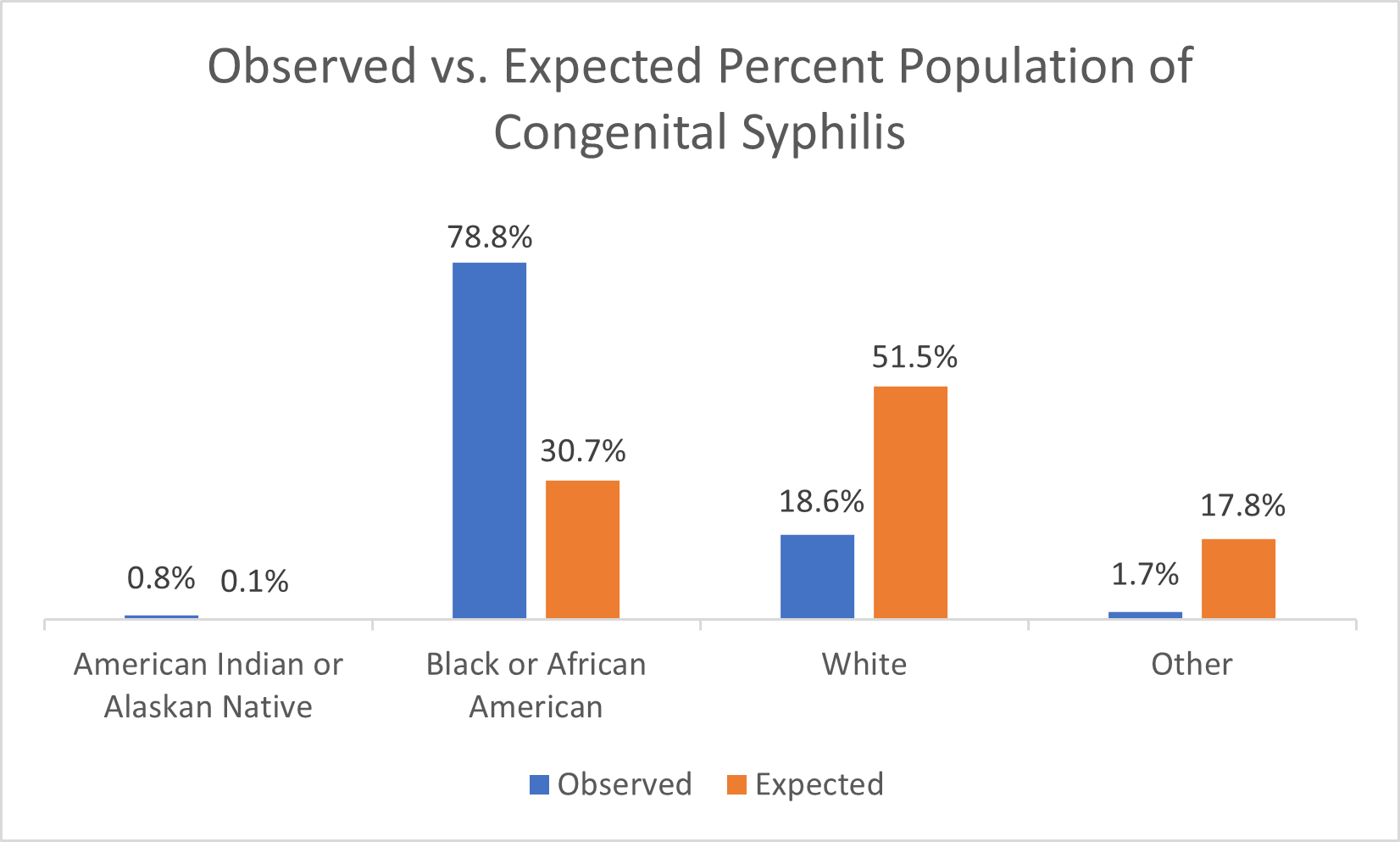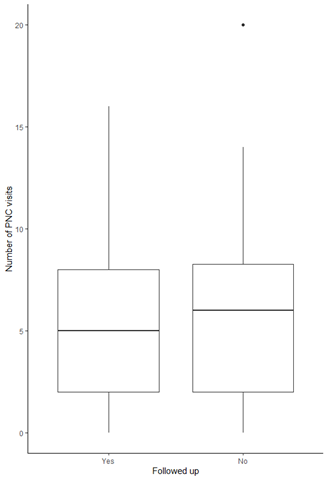Infectious Diseases
Session: Infectious Diseases 2
69 - Increase in Congenital Syphilis (CS) and Missed Opportunities for Prevention
Saturday, May 4, 2024
3:30 PM - 6:00 PM ET
Poster Number: 69
Publication Number: 69.1370
Publication Number: 69.1370

Aaron F. Osborne, MD (he/him/his)
Fellow
University of Florida College of Medicine Jacksonville
Jacksonville, Florida, United States
Presenting Author(s)
Background: CS is preventable but can have devastating sequelae if untreated. We have seen an increasing rate of syphilis & CS since 2006.
Objective: To identify barriers for maternal syphilis screening & treatment in pregnancy & factors leading to missed opportunities to prevent CS.
Design/Methods: A review of EHR for all cases of CS between 1/1/13 & 6/30/22 using diagnostic codes for CS. DATA COLLECTED- Maternal: age, race/ethnicity, prenatal care (PNC) 1st & number of PNC visits, reasons for inadequate PNC, insurance status, syphilis screening/treatment history, RPR titers. Newborn: clinical presentation, CSF VDRL, RPR titers, gestational age (GA), birth weight, & length of stay. Adequate PNC: used published definition(REF: PMID: 8092364). Adequate treatment of syphilis: mothers-3 IM injections of Penicillin at least 1 wk apart & 3rd at least 1 mo before delivery. Severity of CS in infants was defined as in Red Book: 2021-2024 pp:729-740.
Results: 118 of 153 mother-newborn pairs met inclusion criteria. Reasons for inadequate PNC shown in Figure 1. Significant factors for adequate PNC included maternal insurance status (p < 0.001), GA at 1st visit (GAFV) (p < 0.001), number of visits (p < 0.001), likelihood of infant follow-up (p=0.001). 54% of mothers with adequate PNC vs. 70% with inadequate PNC did not receive adequate syphilis treatment. Severity of CS correlated with maternal treatment during pregnancy (p=.0066). GAFV was linked to adequate treatment for syphilis in pregnant mothers (p=0.024). Compared to all newborns delivered at our institution, study newborns had higher rate of uninsured mothers (14% vs.10%) & Medicaid insurance (77% vs. 69%) & lower rate of privately insured mothers (9% vs. 21%). There was a significant difference (p < 0.0001) in the observed vs. expected racial makeup of the study population (Figure 2). 47% infants were lost to follow-up (LFU). Substance abuse in pregnancy was associated with higher rate of LFU (p < 0.043). Racial disparities in poor PNC were found for substance abuse (p=0.027), transportation (p=0.042), & homelessness (p=0.038). The number of PNC visits did not impact the rate of infants LFU(p=0.7604)(Figure 3).
Conclusion(s): Barriers to PNC included substance abuse, mental health, transportation, incarceration, & insurance type & status. Racial disparities were identified in both the incidence of CS & poor PNC. Lack of PNC due to substance abuse was associated with infants LFU. Improved case management & tracking could be crucial in achieving adequate treatment of syphilis during pregnancy & prevention of CS. Study informs on possible ways to decrease congenital syphilis.
.png)


